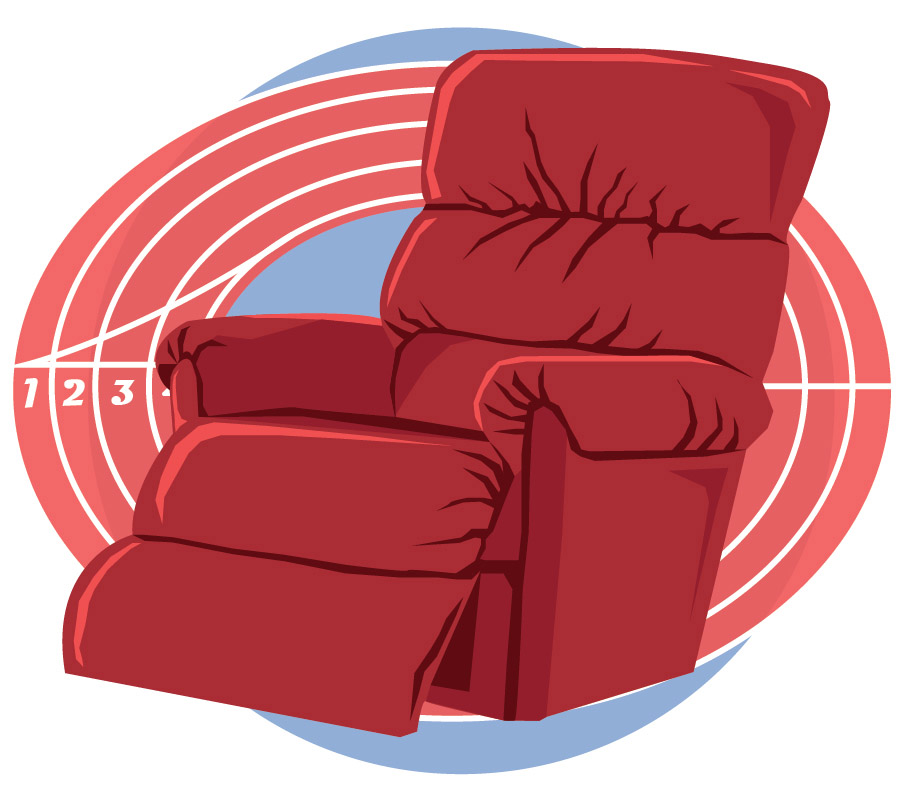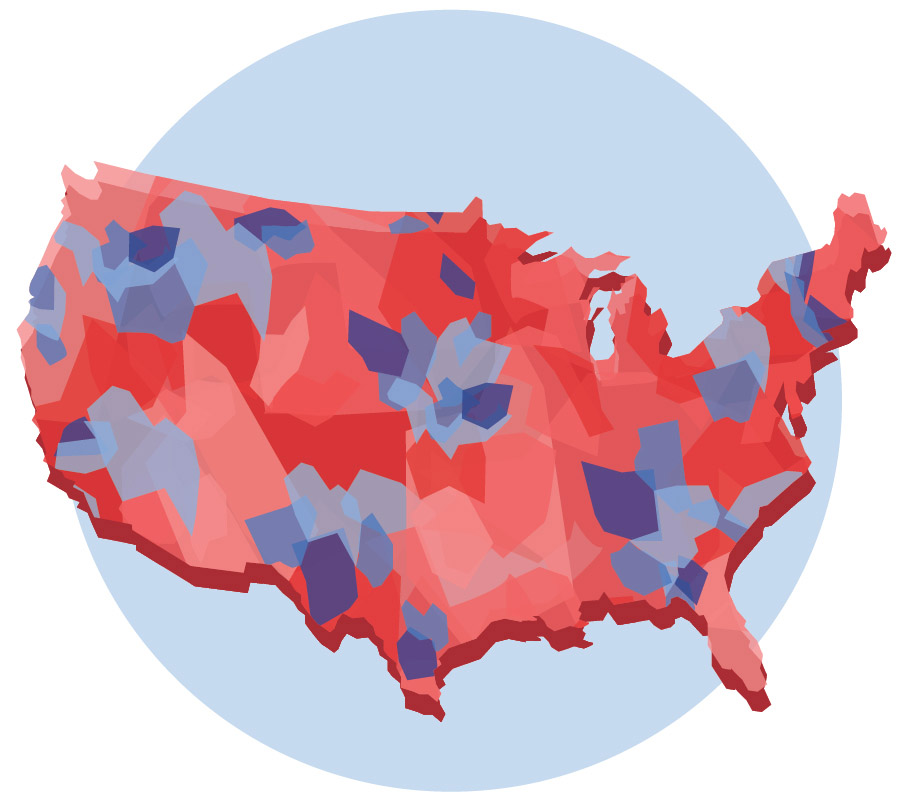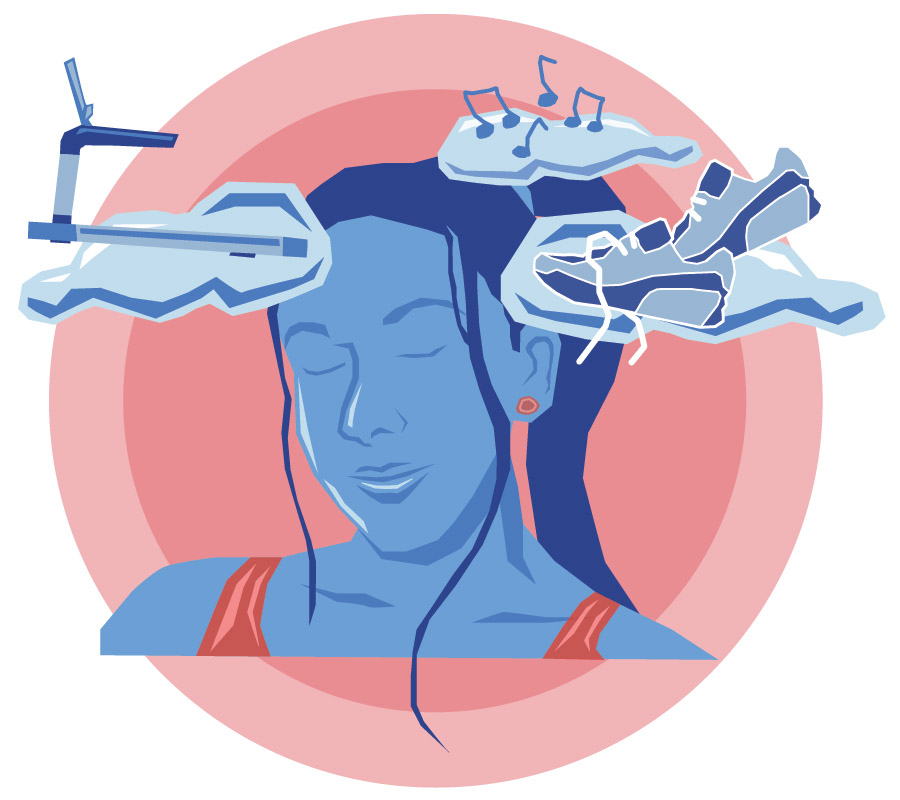Chandy Dancey
I love tracking things. If I can monitor the progress of something, check things off a to-do list, or keep tabs on how many hours I spend on an activity then I’m interested. In middle school I remember carefully surveying an app on my DSi console that told me how many hours I’d spent in each game and how many times I’d opened each one — and that particular tracking app actually accumulated many hours itself. Then I switched to PC gaming and loved how Steam, a video game platform, also recorded the number of hours in-game and let you constantly spam-check your achievements.
Now I’ve moved on to bigger and better things: Goodreads. This website fills the tracking-happy gap in my soul for reading. I can see what other bookworms are up to, update others on what I’m reading, and I can slowly inch toward a yearly reading goal. Just seeing the progress bar in the corner of my profile is enough to motivate me to pick up the book on my nightstand and make some progress. I swear I don’t have a problem; I just like feeling productive even when it has to do with my free time. Except, when I say it that way…

The Circuit
Alex Jesus
For nearly one calendar year now, I have been forced to develop a circuit. Not for race cars or anything like that, but for myself. My room connects to a den that has my signature recliner, and due to all my jobs being almost completely online, you can literally see my daily routine in one glance. Twenty-five seconds gets you to every place that I’ll travel during the day, and the pandemic lifestyle portrayed in last year’s memes we all enjoyed has sadly become a reality. You might be wondering: “How in the world is that sustainable?” Well, friends, it isn’t.
So naturally, if it isn’t sustainable, then how is it a year later and we’ve made it this far? I have a few ideas as to why and how we did that. First and foremost, I’m assuming that, like me, y’all tried some new things. Maybe your activities changed, or maybe you made new friends amidst the great anti-social year that was 2020. Whatever you did, it probably worked at least partially. That’s kind of awesome, so keep that up!
If you’re currently reading this and thinking about your “circuit” and how repetitive and depressing it is, remember all the things you added to that monotonous process throughout the year. If you haven’t added anything, why not try now as the weather gets warmer and the end of classes is in sight? No matter what, even if it sucks at the beginning, part with your beloved chair (in my case, the fabled pandemic recliner) and try to keep switching things up. Or don’t, but at least do your best to practise self-caring habits. We will rebuild, one quarantine circuit at a time.

Mapping politics
Carissa Wiens
The New York Times recently published a wildly exciting map showing voting results from the 2020 election across the country. That sentence may have sounded sarcastic, but it truly is not. I’ve never seen anything like this, with this intricate level of detail. If you like maps, politics, both, or hey, maybe none, I urge you to check it out. It’s been several days now, and I still go back to it just to gaze at the high level of detail put into it. I’ll also note that it only represents 64 per cent of the votes, but still, that’s a hefty amount of votes to map out.
I usually find myself scanning the good ol’ Google Maps of Manhattan while I rewatch The Office (just something random I genuinely enjoy doing), but I must say, this political map is possibly more interesting than just Google Maps because I can look up which areas of Manhattan, and the rest of the state for that matter, voted for whom. All the while I’m imagining all the not-so-great, rich-off-their-asses people who voted Republican in the Hamptons as they look out on the Atlantic Ocean.
When looking at the map in its entirety, it’s insane to see how much of it is red. Virtually the only places in America that voted Democratic are the big cities. This may be old news for many of the well-informed people in this world, but this is new information for me. I’m sure there are plenty of studies about how city living promotes more left-wing thinking, but I won’t dive into that. All I’m here to say is that this map from the Times is fascinating, and you should take a look.

Noodle knees and nirvana
Darien Johnsen
I’m not like other girls. By that, I mean I love cardio. These days it seems like everyone is all about the gains — building muscle, reps on reps, creatine, protein, all the other necessary ‘ines — but not me. While everyone is hitting up the squat machine for their dream bubble butt, you’ll catch me sweating it out on the treadmill.
Everyone I talk to seems to think I’m crazy for loving cardio as much as I do. But I’m a high-chaser — and there’s nothing better than a good runner’s high. There’s something about running on a treadmill that makes me push myself even harder. Driven by my “Grunge forever” music playlist and my deeply internalized resentment for the state of our current society, it is easy to push myself beyond my limits. My breathing syncs up to the rhythmic whirring of the oscillating equipment and my focus narrows in on each step. You won’t catch me hopping off that beast until my knees are noodles and my head feels like it’s floating on cloud nine.
Unfortunately, no matter how long or hard I run I end up getting off in the same state of mind, with the same problems I had before. I know the saying is true — everyone knows that you can’t run from your problems — but the plastic-wrapped, freshly sanitized call of the treadmill machine had me oh-so-hoping that maybe it would be different this time. Maybe I would finally cross the threshold of the runner’s high and enter into eternal nirvana.

